Manchester International Festival welcomes David Lynch, Yoko Ono and more
We’ve rounded up a few of our highlights from the festival’s visual arts programme

The Manchester International Festival – a biennial incubator of international art and cultural projects – is in full swing, offering a diverse spread of exhibitions and events across the city. The festivities kicked off earlier in July with Yoko Ono’s mass ring-a-thon, Bells for Peace. The artist’s message was clear as, via video link, she instructed crowds in Manchester Cathedral Gardens to ‘think peace, act peace, spread peace, imagine peace’.
This triggered a crescendo of cacophonous ringing from 4,000 specially-manufactured handbells, flooding Manchester with a message of unity, peace, and hope – well worth the risk of lingering tinnitus. Artistic director and chief executive of MIF, John McGrath, described the event as ‘a joyful response to our complicated times’.
Across the city at HOME, a centre for art, theatre and film, we’re deep inside the mind of filmmaker David Lynch, as far as we ever can be. You might associate Lynch with the likes of Twin Peaks, Blue Velvet or The Elephant Man, but his peculiar approach to cinematic surrealism translates just as unnervingly into visual art. His exhibition ‘My Head is Disconnected’ unites paintings, drawings and sculpture developed by Lynch over five decades.
These are staged in a dimly lit gallery where his absurd, creepy figures and faces look as though they’re about to peel themselves off the canvas and crawl into your nightmares. In another corner of the gallery, dystopian cityscapes and a series of starkly rendered drawings of industrial revolution era machinery, evoke a very particular facet of American nostalgia. ‘I was talking to Auntie Em [Wizard of Oz], and she said there’s no place like HOME’, says Lynch.
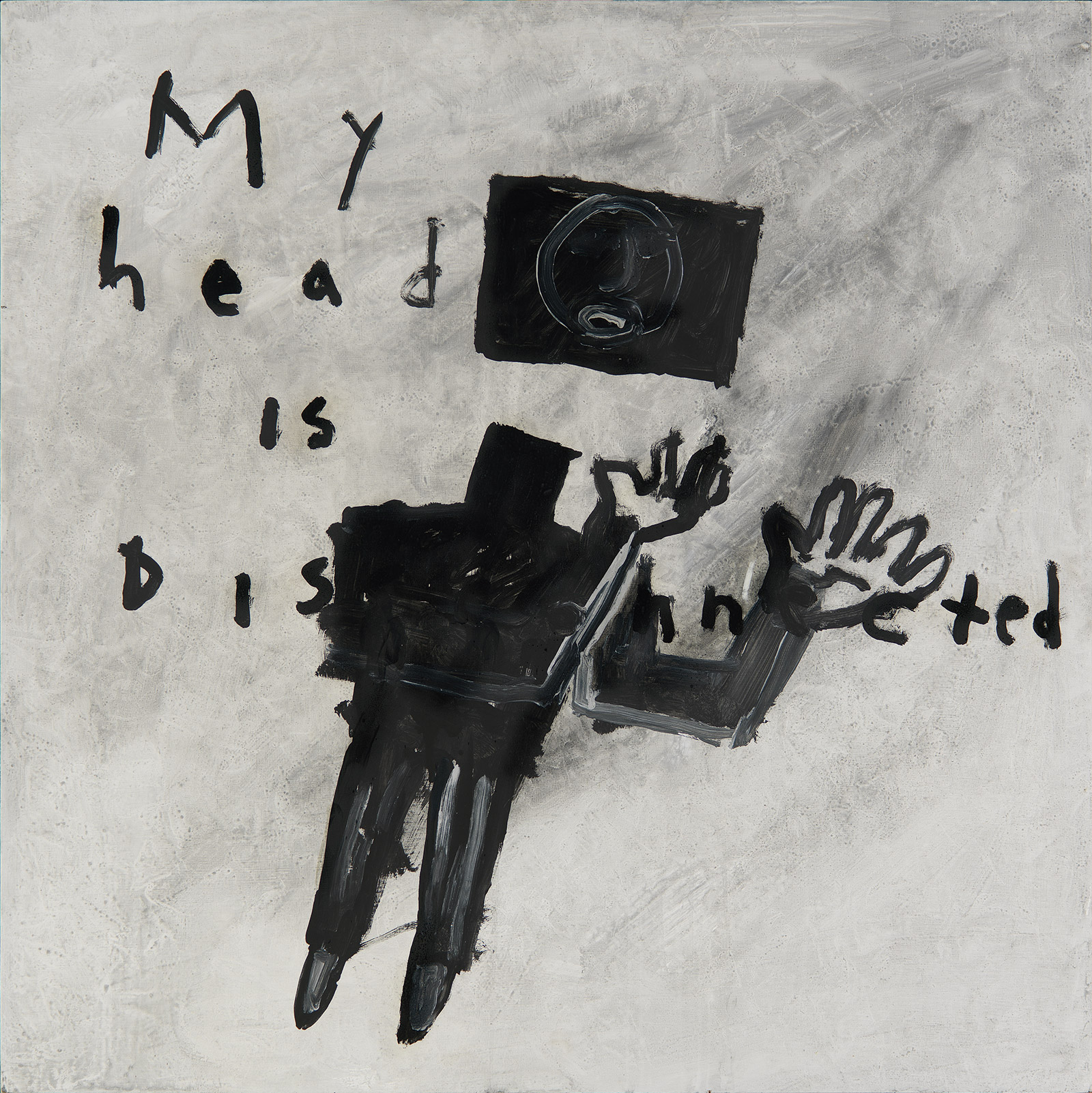

From top, My Head Is Disconnected, 1994; and Bob Finds Himself in a World for Which He Has No Understanding, 2000, by David Lynch. Courtesy of the artist
‘Parliament of Ghosts’ – the first major UK exhibition by Ibrahim Mahama – has landed at the Whitworth Art Gallery, transforming spaces into an archive of paintings, film and found objects, where one country’s trash has become the Ghanaian artist’s treasure. At its heart is a four-sided reproduction of Ghana's parliament chamber, built with tatty second-class train seats originally manufactured in Manchester, but salvaged by the artist from the abandoned Sekondi railway station.
The structure, lined with tired wooden lockers used by rail workers, tells the tale of Ghana’s Gold Coast railway built under British colonial rule, and also serves as a space for contemporary debate. ‘It’s a more futuristic thing I’m thinking about, but it uses the aesthetics of the old,’ says Mahama. Elsewhere, a mammoth concrete structure is modelled on Ghana’s stunted, modernist silos, which were built in the late 1950s with the intention to store cocoa and grain, but were left empty and unused. Mahama has given its interior space new life, in the form of an all-consuming seven-channel video installation.
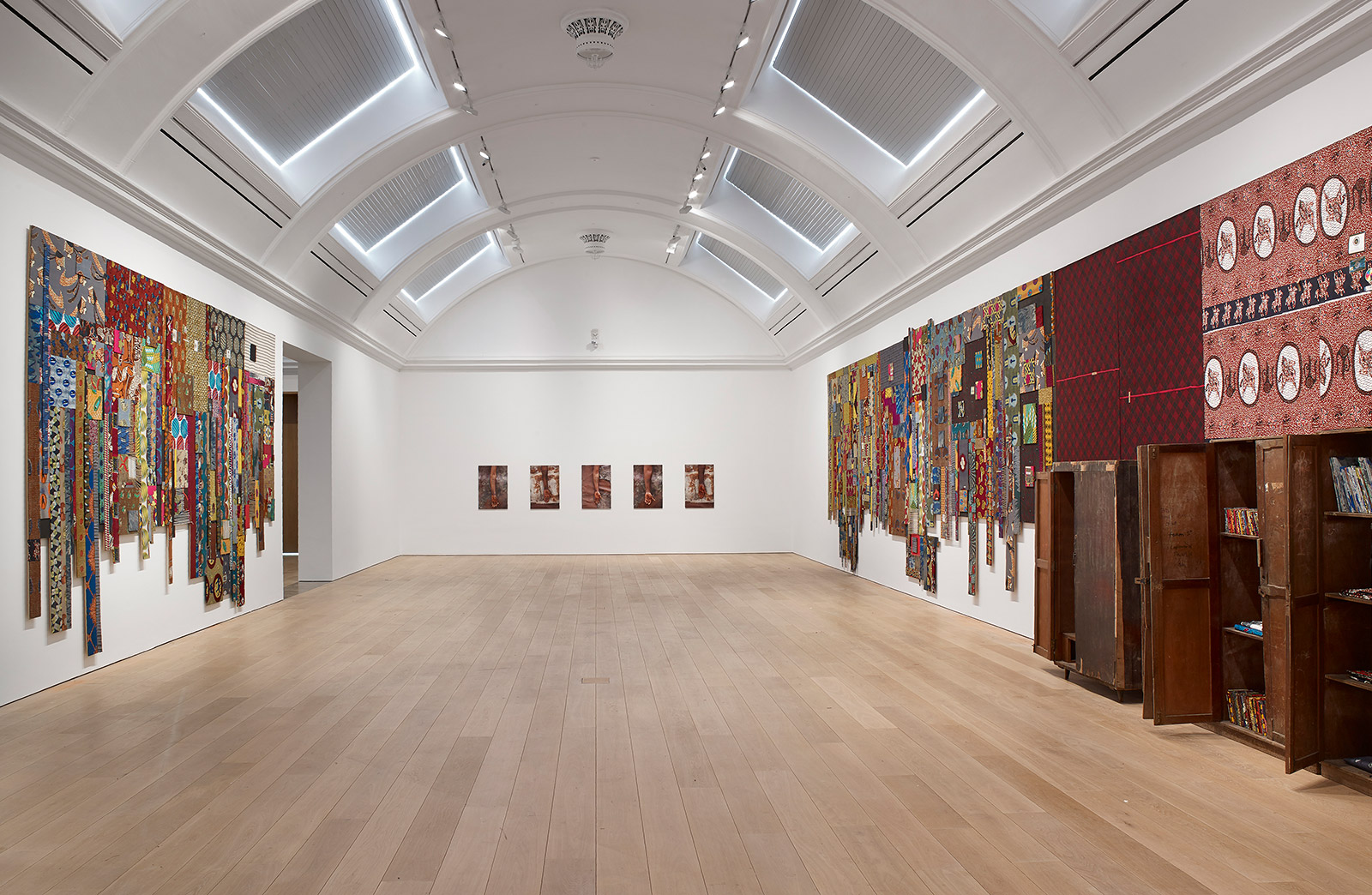
Ibrahim Mahama’s ‘Parliament of Ghosts’ at Whitworth Art Gallery.
At the Science and Industry Museum, ‘Atmospheric Memory’ by Mexican-Canadian artist Rafael Lozano-Hemmer sits at the intersection of technological innovation, architecture and public participation. The artist drew on computing pioneer Charles Babbage’s 180-year-old theory that the air holds a ‘vast library’ of every word ever spoken. ‘The idea that the atmosphere is not neutral, that the atmosphere in fact has a total recollection of anything we say, is the beginning of this project,’ says Lozano-Hemmer. The polyphonic entrance tunnel to the main exhibition ‘chamber’ is lined with thousands of speakers, each trying to break through the noise with separate soundtracks.
Inside the space – custom built from 52 shipping containers – it’s difficult to know how to digest this buffet of technology. A weathervane table is controlled by computerised fans, a queasy film of an endoscopy plays from the bottom of an empty oil drum, and in the far corner of the room is the world’s first 3D printed speech bubble. In another work, various ‘atmospheric machines’ mine the air for sounds, which then become ripples on water, 360-degree projections and plumes of fog spelling out your spoken words. A large screen projects an image of your own baffled face, unknowingly taken when you first entered the space.
Among other tangents, the exhibition discusses contemporary themes of surveillance and misuse of AI. If you start to get a sneaking suspicion that the show is all about you, you’re probably not wrong.
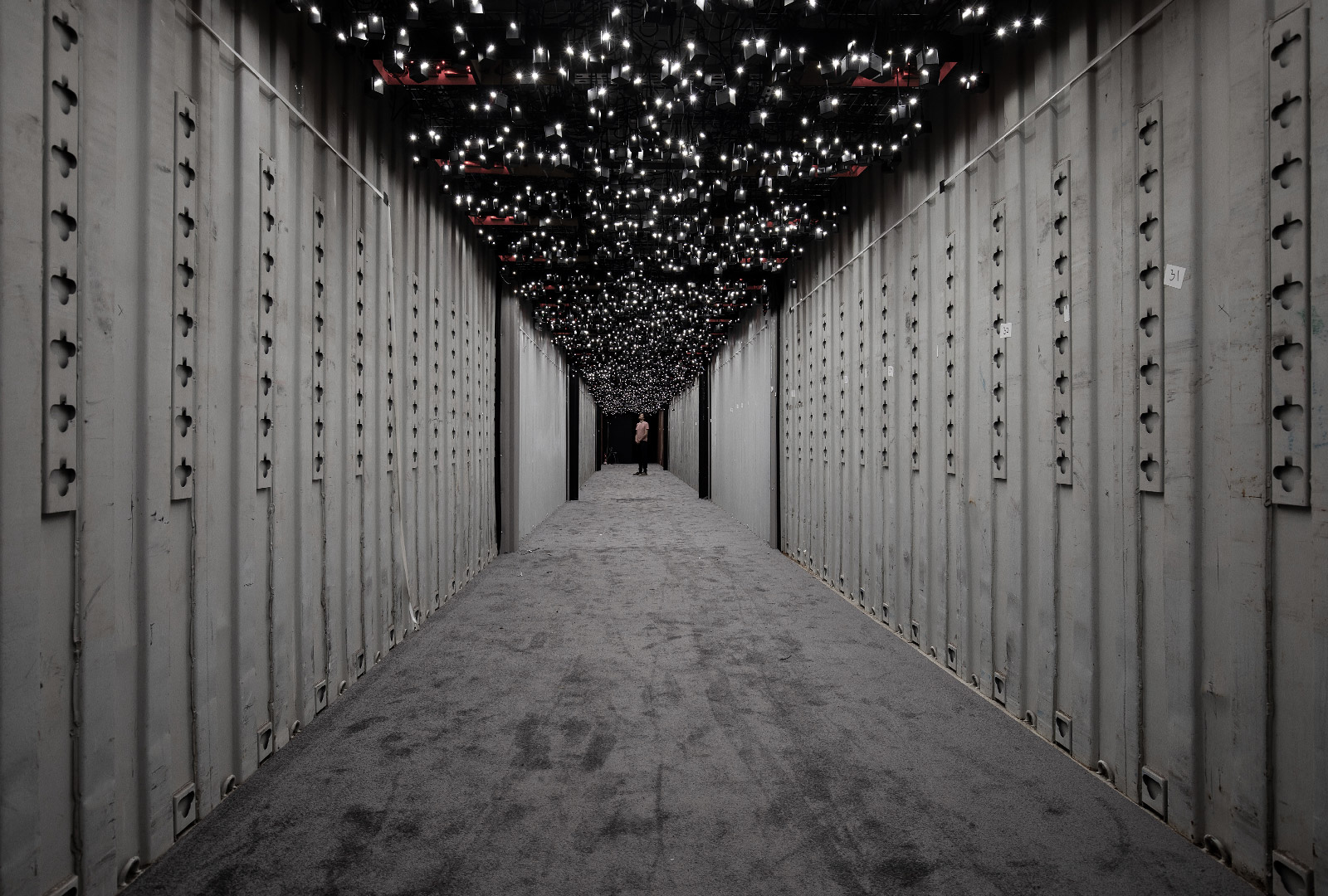
Atmosphonia, 2019, by Rafael Lozano-Hemme, installation view at the Science and Industry Museum.
INFORMATION
Manchester International Festival 2019, until 21 July, various locations. mif.co.uk
Receive our daily digest of inspiration, escapism and design stories from around the world direct to your inbox.
Harriet Lloyd-Smith was the Arts Editor of Wallpaper*, responsible for the art pages across digital and print, including profiles, exhibition reviews, and contemporary art collaborations. She started at Wallpaper* in 2017 and has written for leading contemporary art publications, auction houses and arts charities, and lectured on review writing and art journalism. When she’s not writing about art, she’s making her own.
-
 Men’s Fashion Week A/W 2026 is almost here. Here’s what to expect
Men’s Fashion Week A/W 2026 is almost here. Here’s what to expectFrom this season’s roster of Pitti Uomo guest designers to Jonathan Anderson’s sophomore men’s collection at Dior – as well as Véronique Nichanian’s Hermès swansong – everything to look out for at Men’s Fashion Week A/W 2026
-
 The international design fairs shaping 2026
The international design fairs shaping 2026Passports at the ready as Wallpaper* maps out the year’s best design fairs, from established fixtures to new arrivals.
-
 The eight hotly awaited art-venue openings we are most looking forward to in 2026
The eight hotly awaited art-venue openings we are most looking forward to in 2026With major new institutions gearing up to open their doors, it is set to be a big year in the art world. Here is what to look out for
-
 Sean Ono Lennon debuts music video for ‘Happy Xmas (War Is Over)’
Sean Ono Lennon debuts music video for ‘Happy Xmas (War Is Over)’The 11-minute feature, ‘War is Over!’, has launched online; watch it here and read our interview with Sean Ono Lennon, who aimed to make a music video ‘more interesting’
-
 Remembering David Lynch (1946-2025), filmmaking master and creative dark horse
Remembering David Lynch (1946-2025), filmmaking master and creative dark horseDavid Lynch has died aged 78. Craig McLean pays tribute, recalling the cult filmmaker, his works, musings and myriad interests, from music-making to coffee entrepreneurship
-
 ‘I make things that are troublesome’ – when David Lynch guest-edited Wallpaper*
‘I make things that are troublesome’ – when David Lynch guest-edited Wallpaper*In October 2010, David Lynch took the reins of Wallpaper* magazine as Guest Editor. Rather than use the space to promote his films, music or paintings, he chose to shine a light on a practice that he carried throughout his life: transcendental meditation. Will Hodgkinson headed to the Hollywood Hills to meet the visionary filmmaker
-
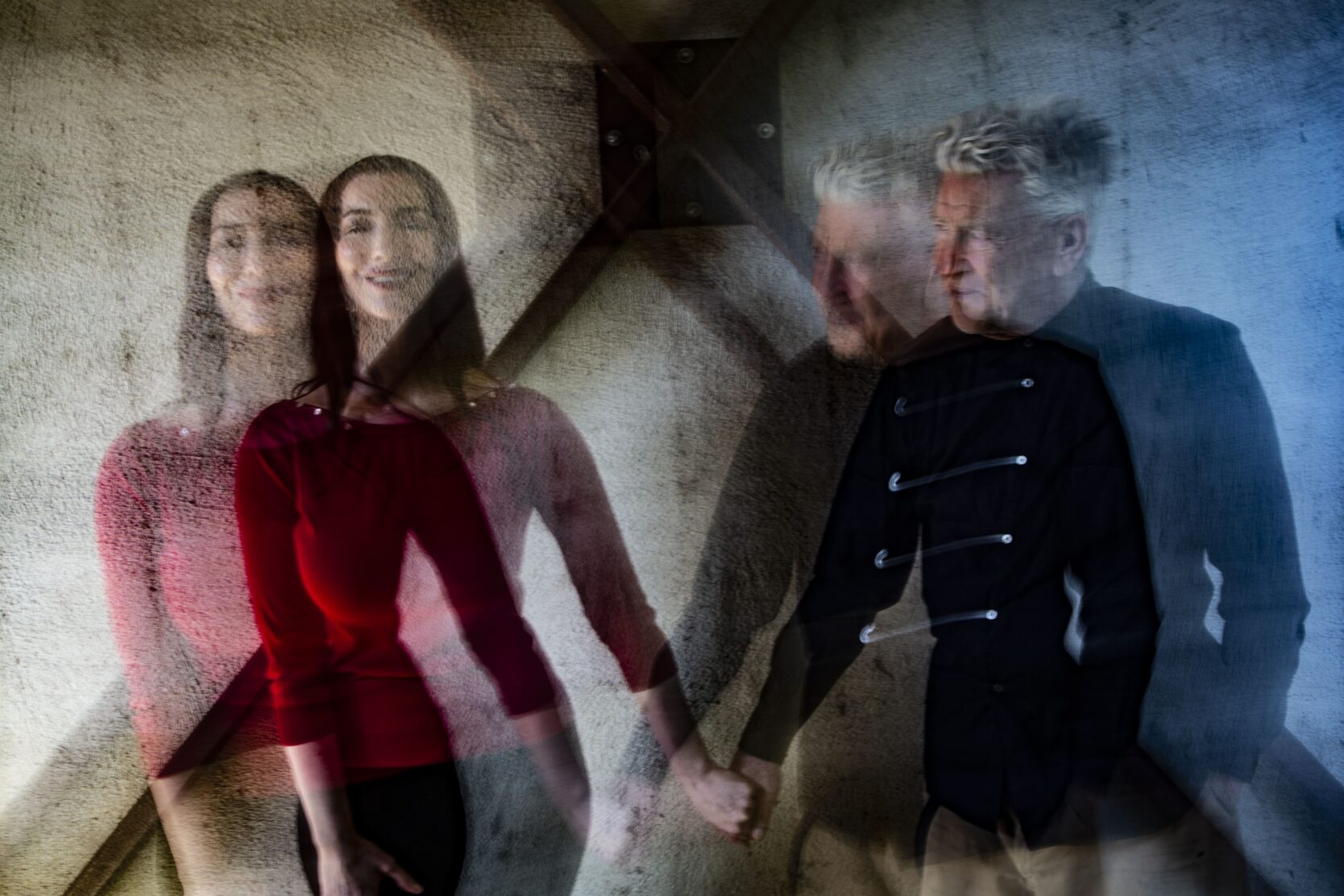 David Lynch's mysterious new project reignites a long-standing collaboration
David Lynch's mysterious new project reignites a long-standing collaborationDavid Lynch and Chrystabell are releasing a new album – listen to the first song, out today
-
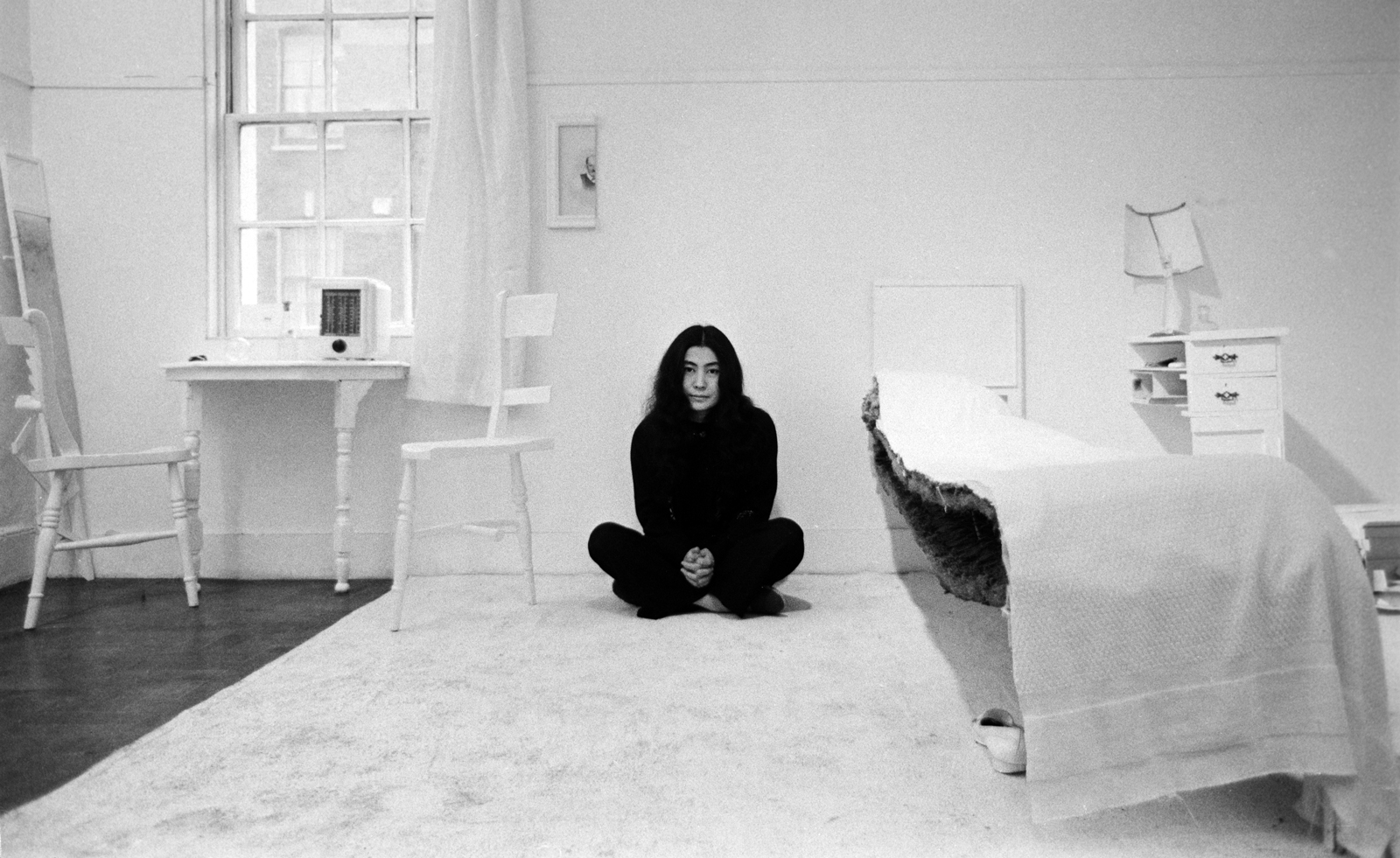 Step into Yoko Ono’s immersive world at Tate Modern
Step into Yoko Ono’s immersive world at Tate Modern‘Yoko Ono: Music of the Mind’ spans the artist and activist's work from the 1950s to the present day
-
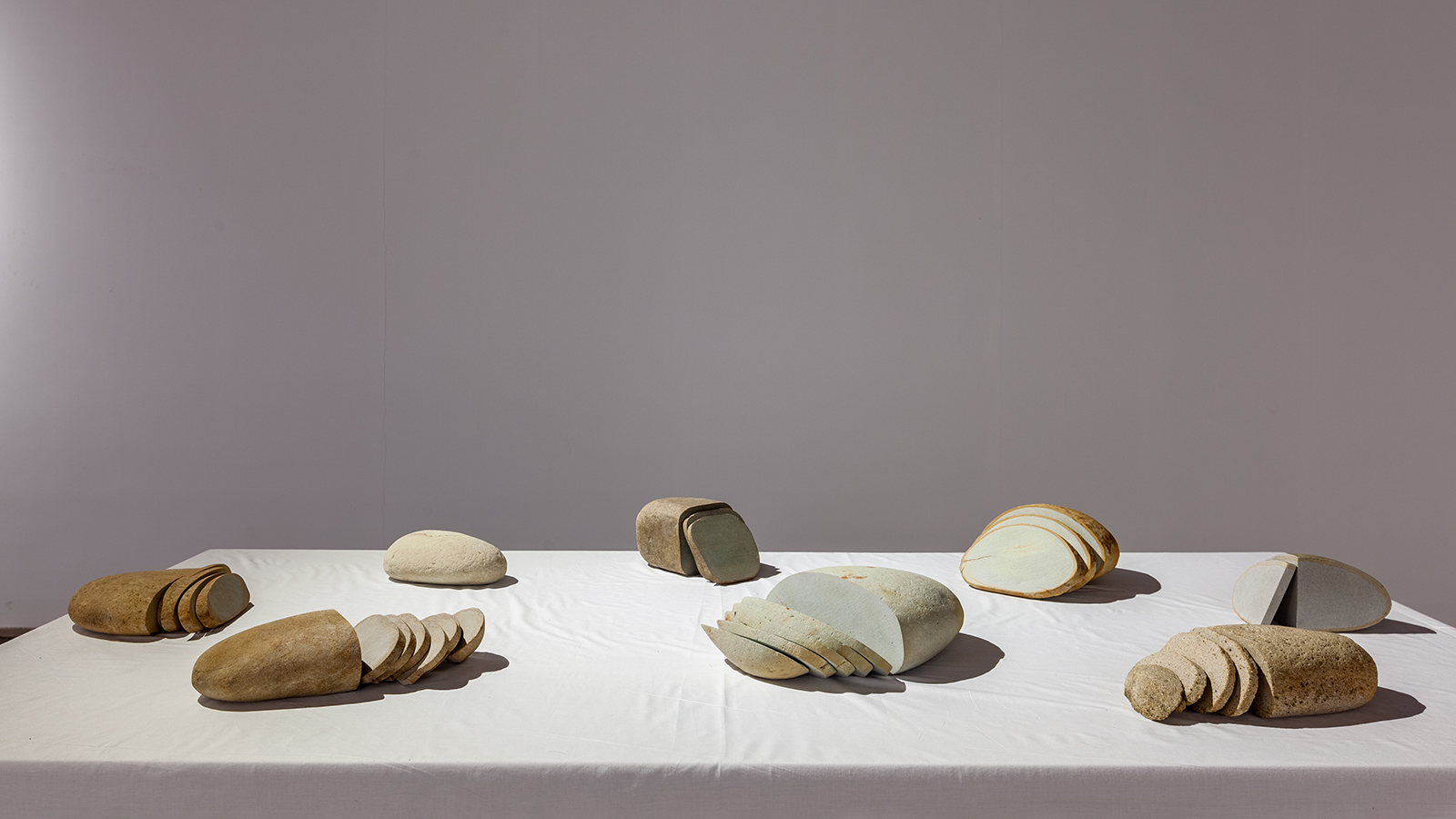 ‘In Our Veins Flow Ink and Fire’: a fervent return for India’s Kochi-Muziris Biennale
‘In Our Veins Flow Ink and Fire’: a fervent return for India’s Kochi-Muziris BiennaleIn its fifth edition, the postponed Kochi-Muziris Biennale surpasses the intersectional, collaborative essence of previous editions, writes Aastha D
-
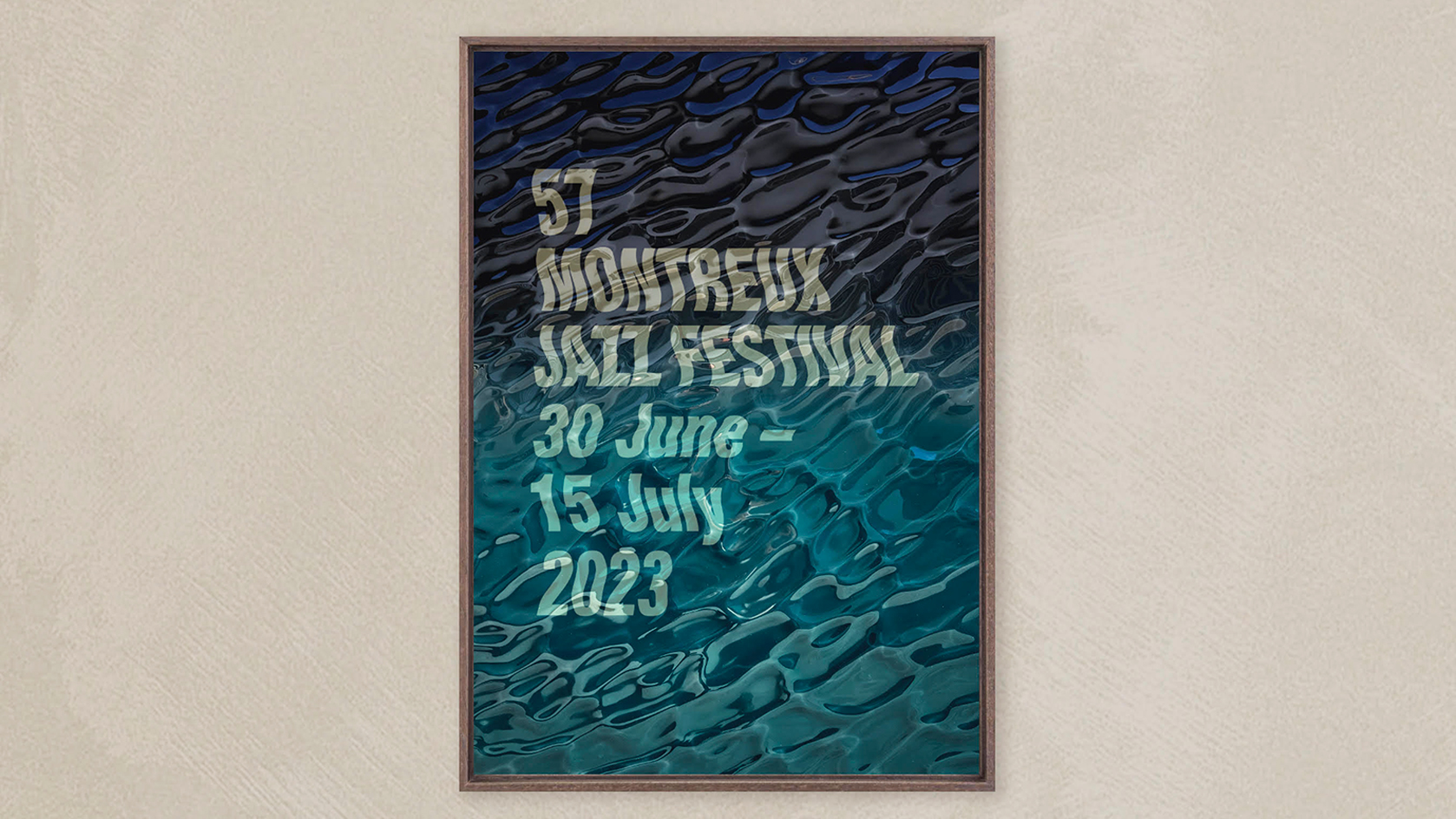 Montreux Jazz Festival posters: a visual history
Montreux Jazz Festival posters: a visual historyAs artist Guillaume Grando (SupaKitch) unveils his poster for the 57th Montreux Jazz Festival (30 June - 15 July 2023), we reflect on the most memorable designs since 1967, including from David Bowie to Andy Warhol and Camille Walala
-
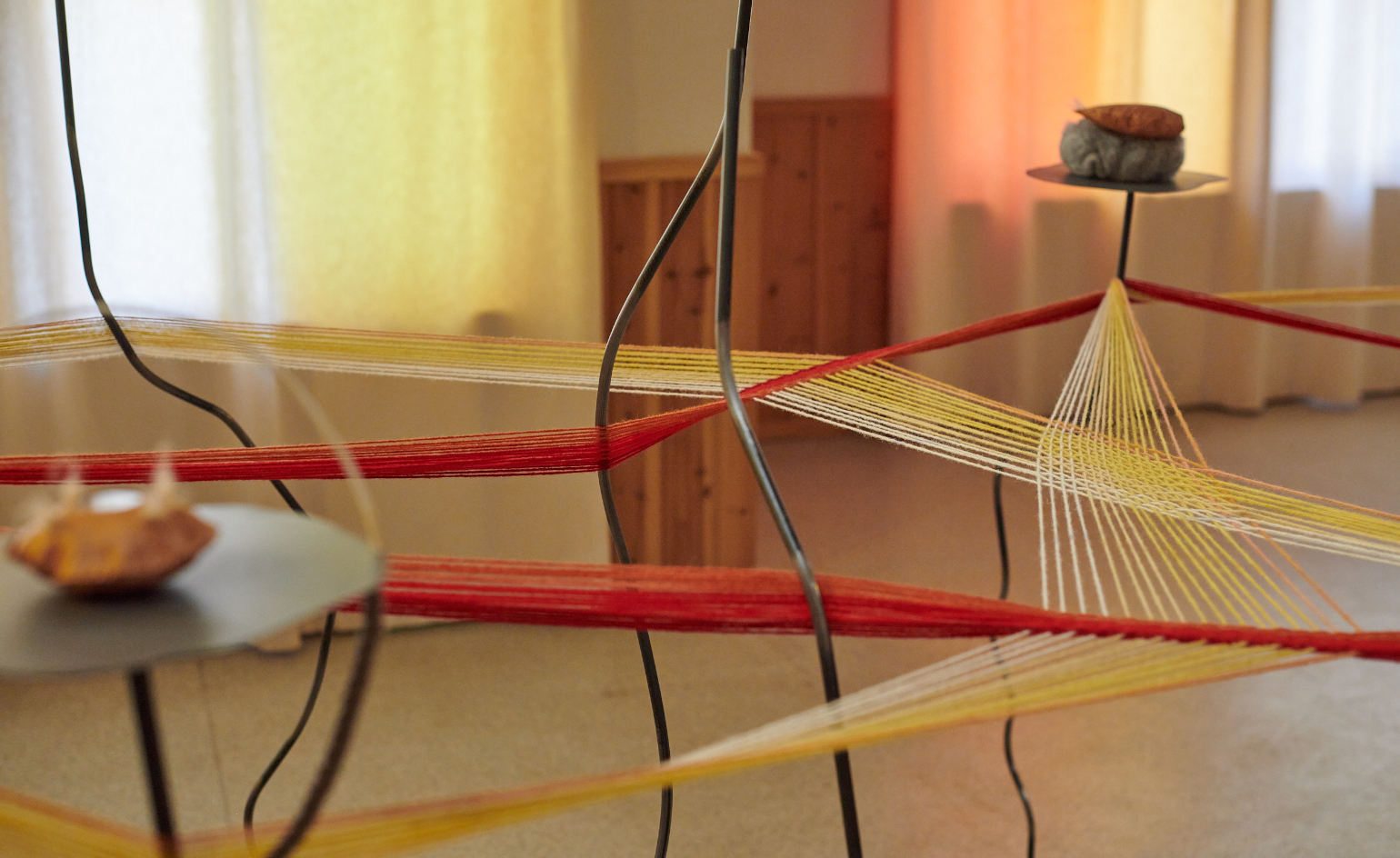 A tantalising tale of art and Gothic horror in Norway’s Arctic archipelago
A tantalising tale of art and Gothic horror in Norway’s Arctic archipelagoWe visit the 2022 edition of the Lofoten International Art Festival (LIAF) in Norway's Arctic archipelago, an edition filled with myth, politics and Gothic horror.